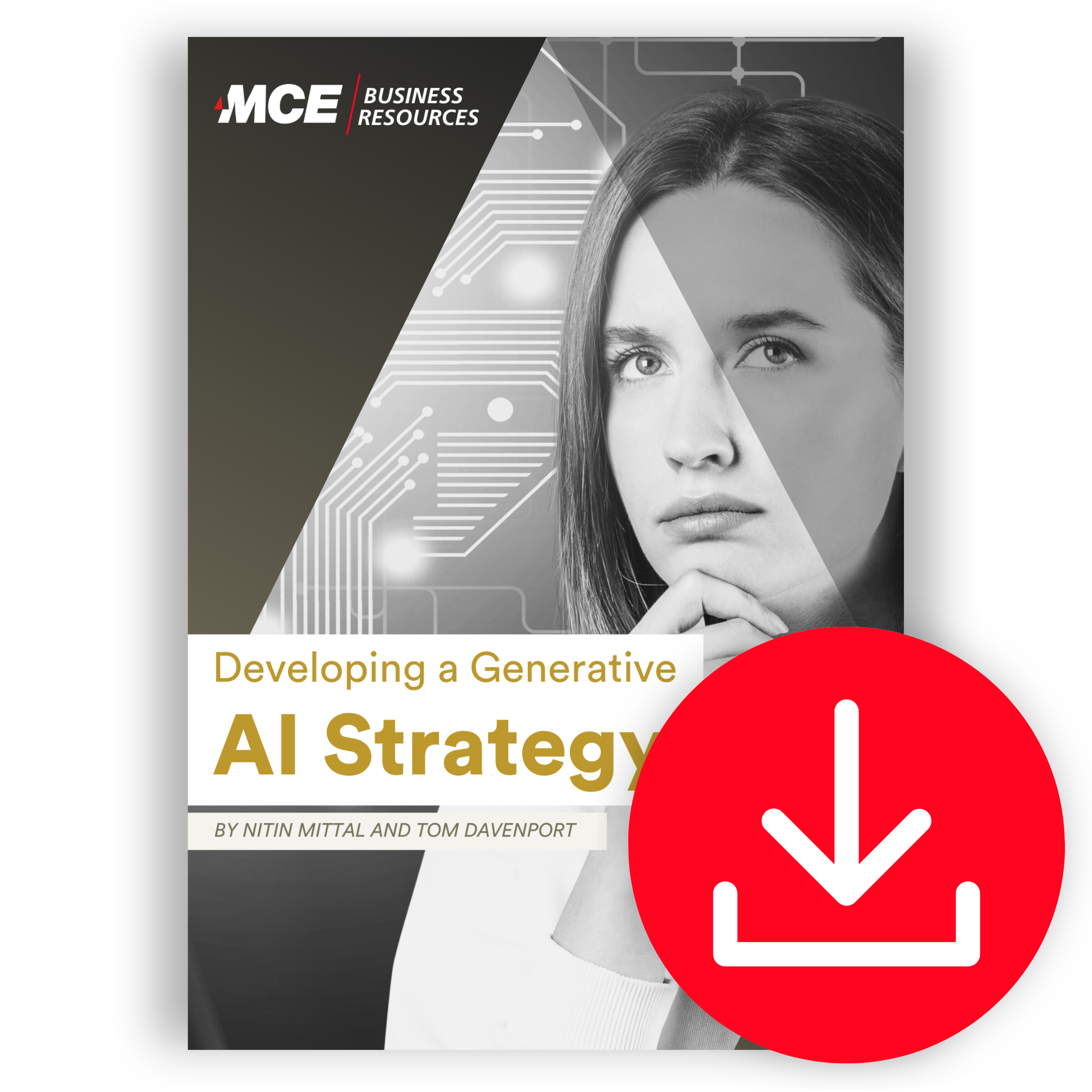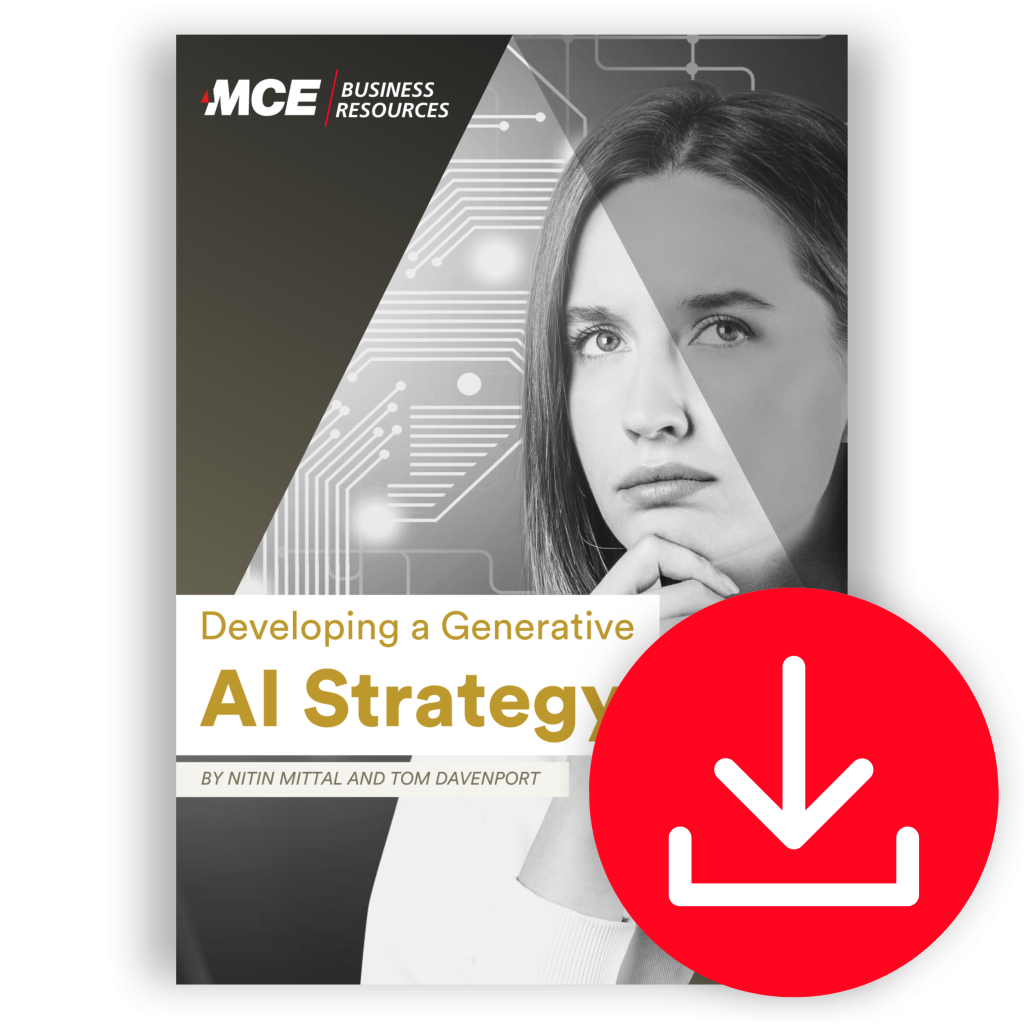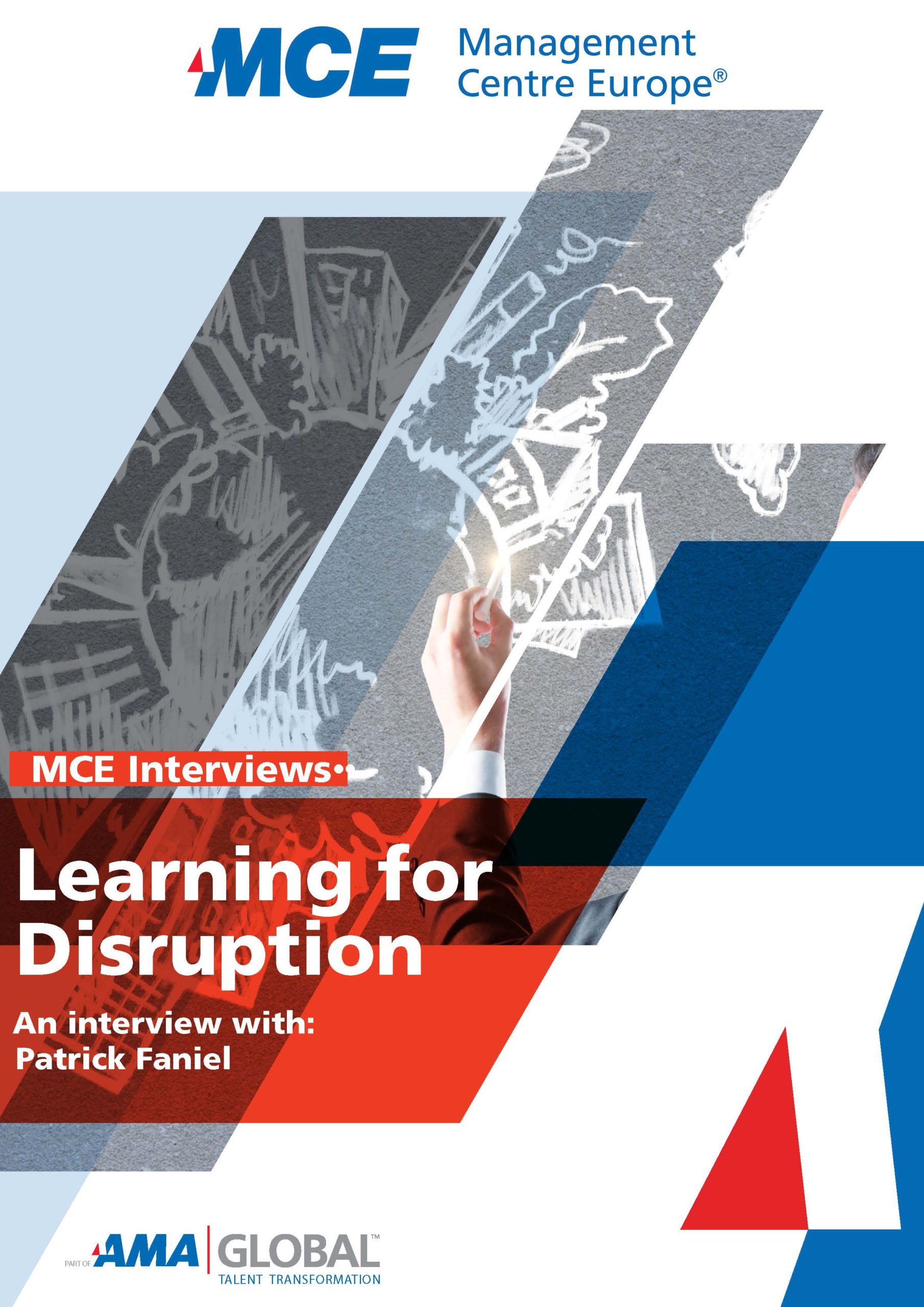
When new technologies enter the business realm, they catalyze interest in their potential to create efficiencies, drive innovation, and shape the businesses of tomorrow.
With the arrival of generative AI and the immense potential it promises, organizations stand on the brink of dramatic transformation.
Business and public awareness of generative AI has grown dramatically in recent years with the release of large language models (LLMs), which startled many with their capacity to take in natural language prompts and output coherent, conversational replies. Applications that access LLMs (e.g., ChatGPT) captured the imagination, but generative AI is not simply a sophisticated chatbot representing another incremental step in the trajectory of technology. Instead, it is a business-disruptive force, bringing the automation of human cognition into the workforce and throughout the enterprise.
Given the potential, companies across industries are making significant investments in generative AI to deliver business outcomes and competitive differentiation. The race is on, as it seems likely that businesses with a first-mover generative AI advantage will capture a disproportionate share of the market. Still, preparation and caution are virtues, and to orient an enterprise for a future with generative AI, what’s needed is clarity on the capabilities and understanding of the business
value, as well as a strategy for developing and deploying generative AI use cases.
Download the full article to know more.
Download Full Article Now
About Writer
Nitin Mittal is a principal with Deloitte Consulting LLP and the U.S. AI
Strategic Growth Offering Consulting leader.
Tom Davenport is the bestselling author of Competing on Analytics
(Harvard Business Review Press, 2017) and Big Data at Work (Harvard
Business Review Press, 2014).






